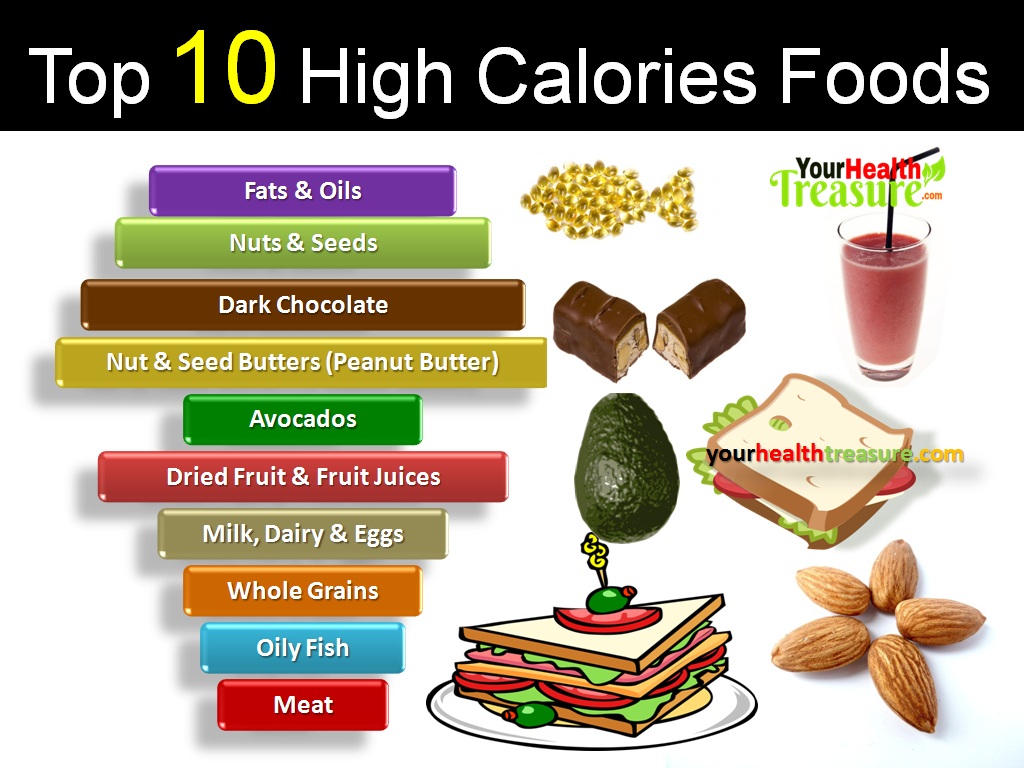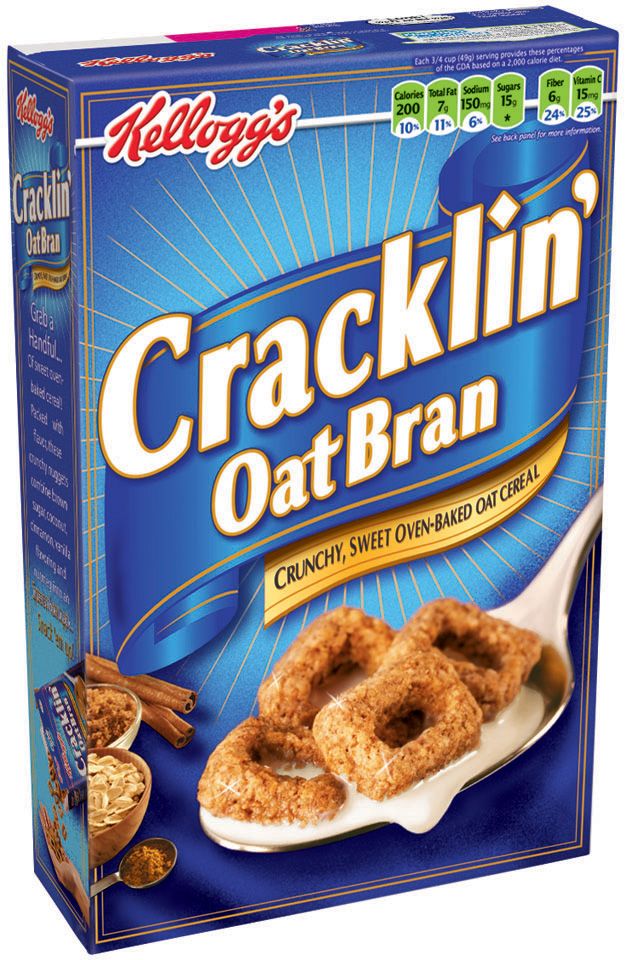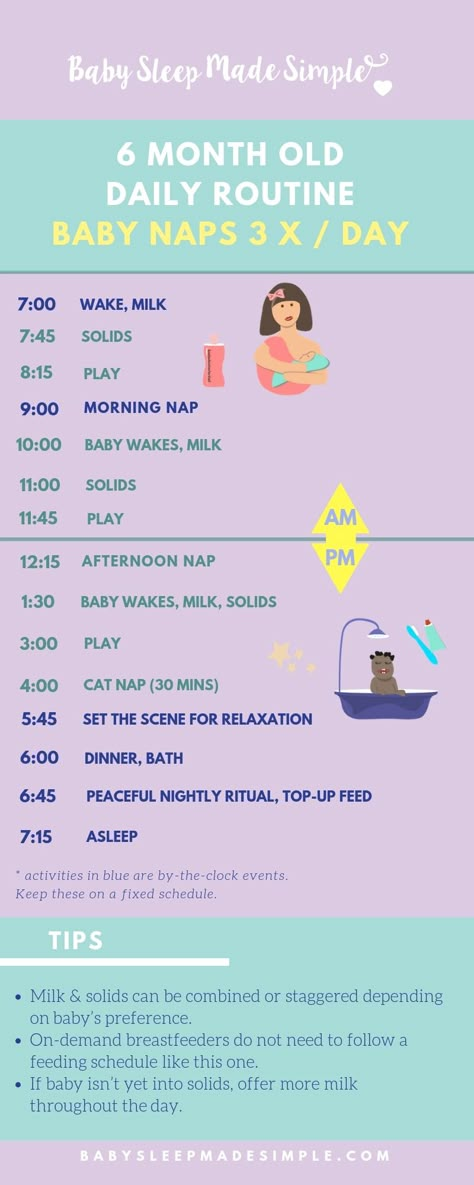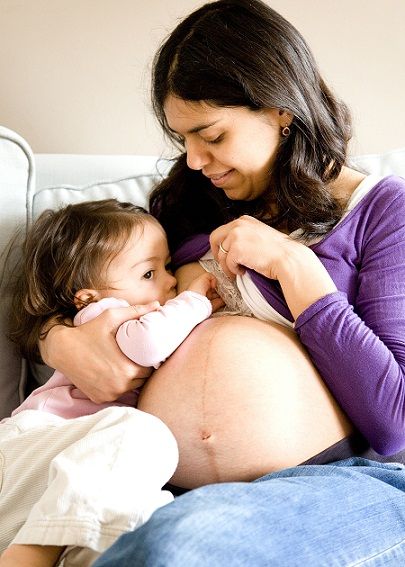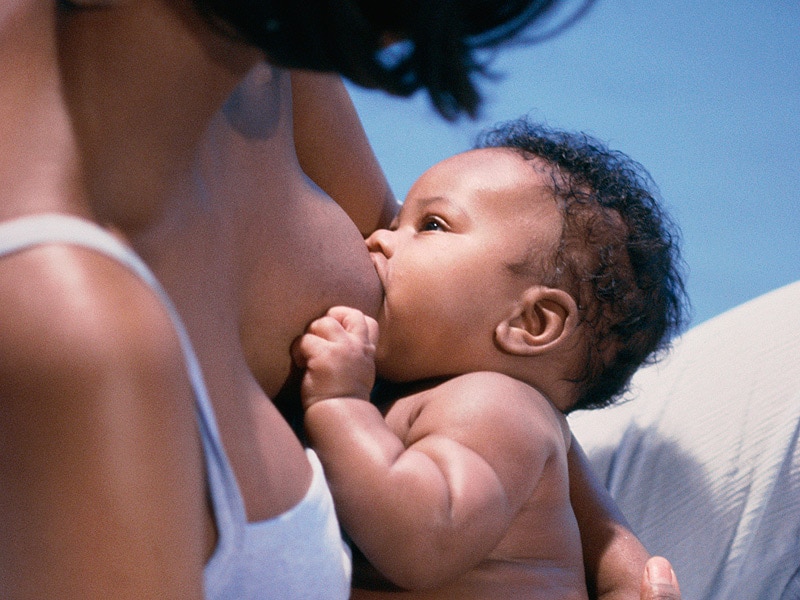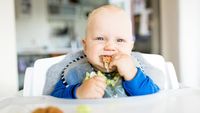Foods high in calories for babies
High Calorie Diet for Infants and Toddlers | Health and Nutrition Facts for You | Patients & Families
Some infants and toddlers need to eat a high calorie diet to gain weight. This can be hard to do because they have tiny tummies. This handout will give you some ideas for high calorie foods to try, as well as items to add to foods that will boost the calorie content.
There is no perfect order for introducing solid foods. Parents often offer single grain, iron fortified cereals as the first food. This is not required. Pureed meats are a good first food because they are higher in calories, protein, iron, and zinc than many other choices.
Add new foods into your child’s diet one at a time. Wait 3 days before adding another food. Watch for signs or symptoms of a food allergy. If there is not a family history of food allergies and your child does not have eczema, you may start peanut butter, nut butters, eggs, and fish along with other solids. Delaying these foods can increase food allergies.
If your child needs to be on high calorie fortified infant formula or breast milk, please talk to your health care provider first. You should be taught about the right recipe. This is to prevent an excess intake of nutrients to prevent constipation and dehydration.
Try thinning with formula, broth, or breast milk when you first offer these foods.
Avocadoes (pureed)
Beans – black, navy, red, pinto, kidney, white (cooked and mashed)
Eggs (mash the yolk)
Bananas
Mangoes
Lentils (cooked and mashed)
Fresh ground meats (dark meat poultry, beef, lamb, pork)
Whole milk yogurt
Full fat cottage cheese (4% fat – may need to puree or try small curd)
Mashed sweet potatoes
Mashed potatoes
Mashed squash (acorn, butternut)
Peanut butter or nut butter (thinning will reduce stickiness)
Goat cheese
Cooked quinoa or buckwheat (soft grains that are higher in calories)
Sweet potato fries
Mozzarella balls
Cheese curds
Homemade cheese crackers or cheese puffs (see recipe)
Diced summer sausage
Dried fruit
Mini quiche
Hard boiled eggs
Frosted wheat biscuits
Diced grilled cheese sandwich
Homemade pancakes, waffles, and French toast sticks
Peanut butter balls (see recipe)
Sugar plums (see recipe)
You can add these items to pureed and mashed baby food, yogurt, cereals, and eggs. Start with 1/2 teaspoon for every ¼ cup and work up from there. Discuss with your provider.
Start with 1/2 teaspoon for every ¼ cup and work up from there. Discuss with your provider.
Oils (canola, safflower, flaxseed, walnut, and sunflower are good sources of essential fats)
Butter
Ground flaxseed
Ground chia seeds
Heavy cream
Cheese
Dry milk powder
Sour cream
Cream cheese
Maple syrup
Wheat germ
Make your own baby food. Although this requires extra work, it is often higher in calories. You could prepare all the food you will need a few times per month, put in ice cube trays, and keep in the freezer.
Talk to your daycare provider about adding extra calories to your child’s meals throughout the day.
Bring your own food to daycare.
Avoid giving more than 2 ounces of juice daily.
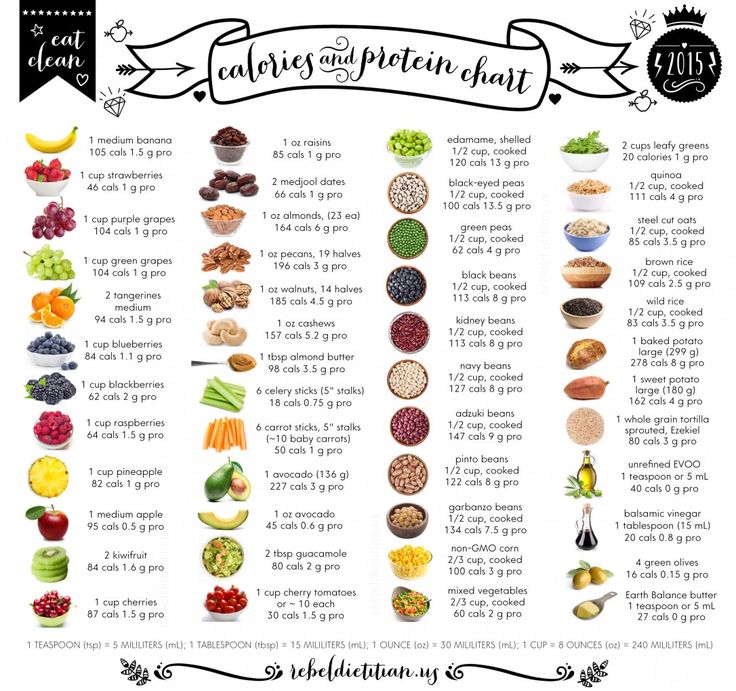 Juice will fill your baby up without providing enough nutrition.
Juice will fill your baby up without providing enough nutrition.
Try putting foods into a mesh bag to allow our baby to enjoy them without the fear of choking.
Cheddar Cheese Puffs
These are a soft, high calorie snack.
1 cup flour
6 Tbsp butter, chilled and diced
2 tsp baking powder
1-3 Tbsp heavy cream
3 cups grated cheddar cheese
Preheat oven to 350 degrees. In a food processor or mixer, combine first 4 ingredients until crumbly. Add the cream gradually until a dough forms. Using a 1 teaspoon scoop form the dough into balls. Bake for 15 minutes or until golden brown.
These are easy to make and nutrient dense!
1/2 cup creamy peanut butter
2/3 cup shredded coconut
1/3 cup maple syrup
1/2 cup ground flaxseed meal
1 tsp vanilla extract
1/3 cup mini chocolate chips
1 cup old-fashioned oats (raw)
In a mixing bowl, stir together peanut butter, syrup and vanilla extract.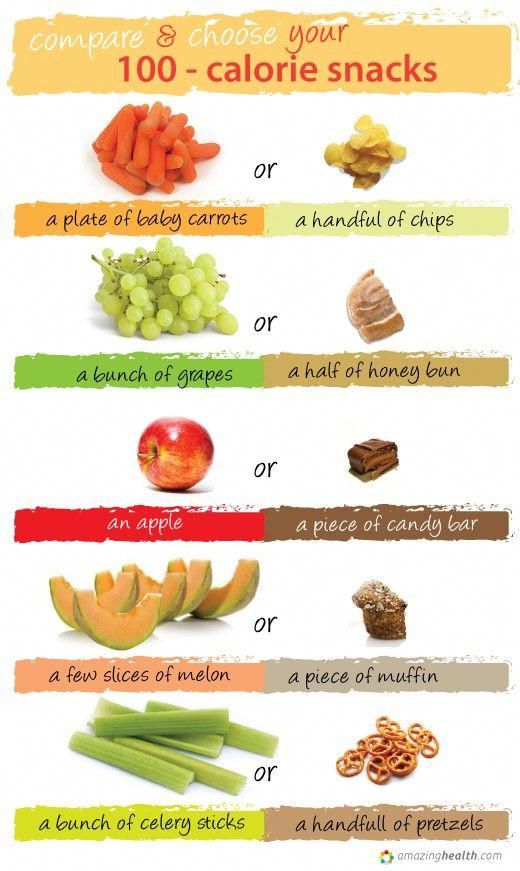 Add the rest of the ingredients and stir until coated. Transfer mixture to the fridge or freezer and chill until set. Remove from the fridge and shape into 1-inch balls. Store in the fridge in an airtight container.
Add the rest of the ingredients and stir until coated. Transfer mixture to the fridge or freezer and chill until set. Remove from the fridge and shape into 1-inch balls. Store in the fridge in an airtight container.
These are tasty, healthy, and great for little fingers.
3/4 cup nuts or seeds, toasted
1/2 teaspoon orange zest
1/2 cup dried plums (prunes)
1/4 cup maple syrup
1/2 cup dried apricots
1/2 teaspoon ground cinnamon
1/2 cup dried cranberries
1/4 teaspoon ground nutmeg
1/4 cup dried cherries
Put all ingredients in a food processor. Mix until smooth. Wearing gloves (or spraying hands with nonstick cooking spray), roll into 1-inch balls. Store in the fridge in an airtight container.
If you are a UW Health patient and have more questions, please call UW Health at one of the phone numbers listed below.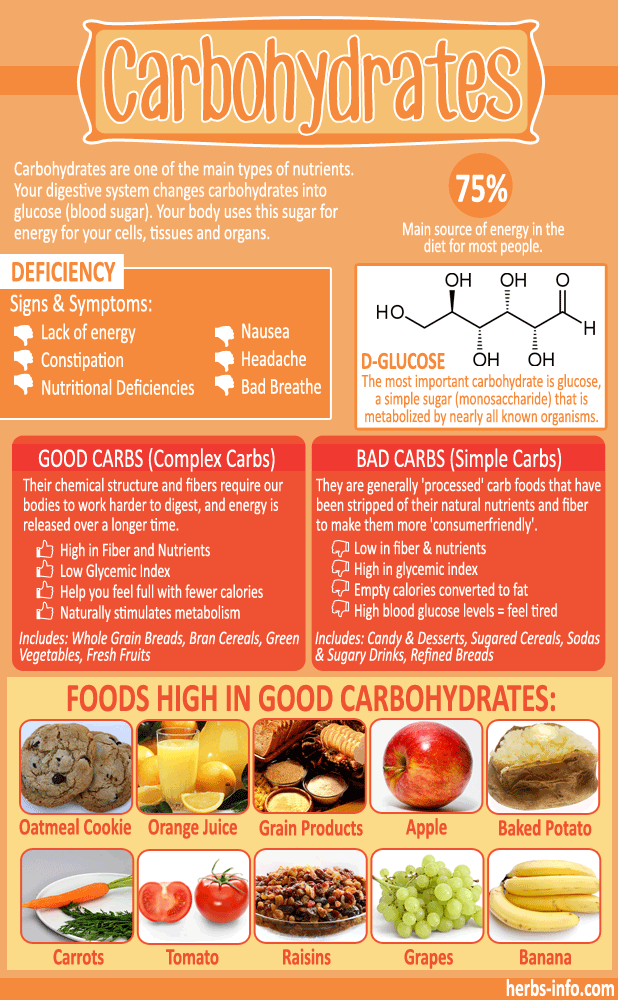 You can also visit our website at www.uwhealth.org/nutrition.
You can also visit our website at www.uwhealth.org/nutrition.
Nutrition clinics for UW Hospital and Clinics (UWHC) and American Family Children’s Hospital (AFCH) can be reached at: (608) 890-5500.
Nutrition clinics for UW Medical Foundation (UWMF) can be reached at: (608) 287-2770.
If you are a patient receiving care at UnityPoint – Meriter, Swedish American or a health system outside of UW Health, please use the phone numbers provided in your discharge instructions for any questions or concerns.
The Best High Calorie Foods for Babies
The best 19 high calorie foods for babies/toddlers, tips for baby weight gain, and high calorie baby food recipes and easy add-ins. Everything you need in one spot!
There are two reasons parents are often looking for high calorie foods for their babies. The most common reason is for peace of mind. As parents, we love to know that our babies are getting lots of nutrition and calories so they can grow big and healthy. And, truth be told, while it’s totally fine, many baby foods are very low in calories.
And, truth be told, while it’s totally fine, many baby foods are very low in calories.
The second reason that you may be looking for high calorie foods is because you either feel, or have been told, that your baby is small and maybe even needs to put on weight. While in some cases, weight gain can be a very important goal, more often, those extra calories are simply a nice buffer. For those of you that are in a dire weight situation, I’ll have some extra tips for you at the end of this post.
As an OT working with babies, I’ve talked with families that very much did need or want to focus on high calorie foods for babies with weight gain in mind. This list has all of the foods and tricks I’ve used over the years to get those extra calories in! Make sure you don’t miss the free printable of this list at the end of the post.
Also, this list of foods that are higher calorie will work perfectly for toddlers too!
Affiliate links used below.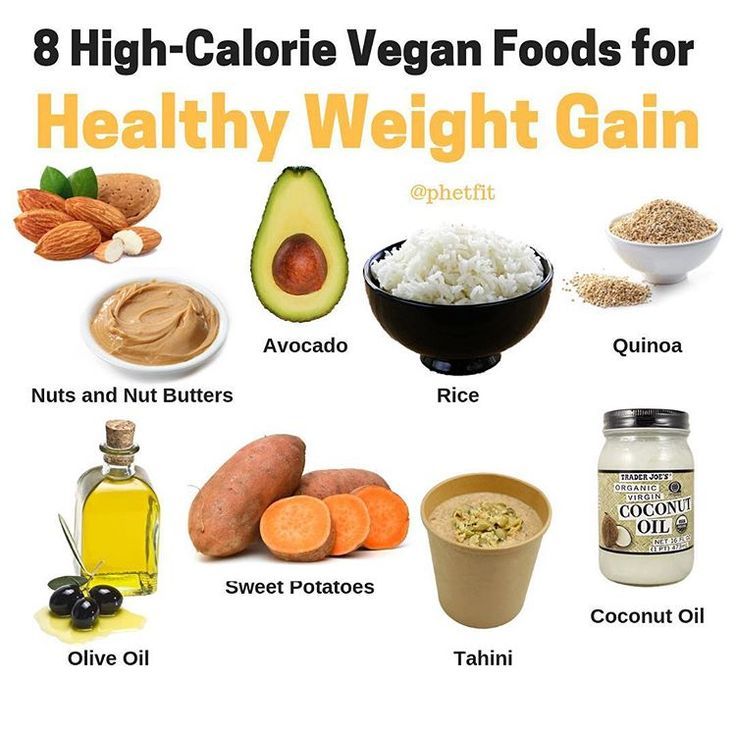 See our full disclosure.
See our full disclosure.
High Calorie Foods for Babies
This list is for babies that are at least 5-6 months old and are totally appropriate through toddler age and beyond. If your baby is under 4 months old, breast milk and formula is the best and only option, and your pediatrician should be giving you guidance if weight gain is a concern at this point. If you’re concerned about a sensitive gag reflex or your baby has difficulty eating, head to this baby gagging guide.
Most of the foods you’ll find on the list below can be pureed to either add into or create baby food. I’ll share some specific recipes at the end for high calorie baby food blends! Otherwise, if your baby is already eating finger foods, these high calorie foods can be served in diced or stick-shaped pieces.
Beans
-
- Perfect finger foods and easy to mash or puree, not to mention super healthy brain food!
Avocado
-
- Incredibly easy to add to many foods because of it’s mild taste and creamy mashed texture when its ripe.
 If avocado’s are new to you, read how to cut and prepare one here.
If avocado’s are new to you, read how to cut and prepare one here.
- Incredibly easy to add to many foods because of it’s mild taste and creamy mashed texture when its ripe.
Whole Fat Yogurt
-
- At 6 months of age, babies can have yogurt, which they often love! Make sure it’s whole fat, not 2% or skim, which many yogurts are.
Banana
-
- Classic baby food perfect for dicing, slicing, and pureeing. Babies often love this super sweet fruit that packs a big calorie punch!
Eggs
-
- Scrambled or omelet style eggs are often best for calories because baby is sure to get the yolk. Don’t offer hard boiled eggs too often if your baby always skips out on the high calorie yolk.
Sweet Potato
-
- A super versatile brain food that can be offered diced, mashed, or as fries. Think about adding in some butter and even a little syrup if you really need those extra calories.
Lentils
-
- Easy to puree these and add into other baby foods.
 Or, mix with noodles, rice, or spread on toast.
Or, mix with noodles, rice, or spread on toast.
- Easy to puree these and add into other baby foods.
Vegetable and Fruit Breads (zucchini/banana/pumpkin, etc.)
-
- So many different variations you can make, all of which are higher in calories. My favorite recipe is this banana, pumpkin, sweet potato bread. It’s a triple threat and filled with lots of “extra” but healthy calories.
Salmon
-
- Full of healthy fats and calories, salmon flakes apart easily for baby to feed themselves and it’s easily added to other foods, even baby food when blended up together. Or, make it one of my favorite ways and turn it into salmon patties that can be easily diced.
Quinoa
-
- Serve like oatmeal for breakfast. Can be added to many recipes like meatballs, cookies, and mac and cheese.
Cottage Cheese
-
- Not just for your grandma! Grab the full fat to dish up to your baby.
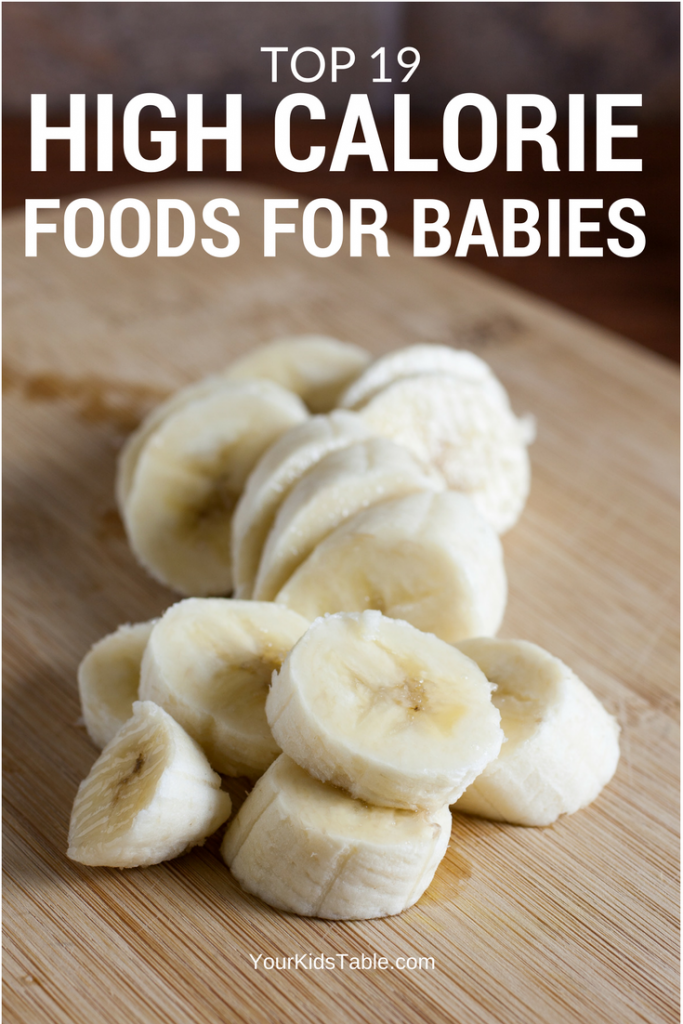
- Not just for your grandma! Grab the full fat to dish up to your baby.
*Learn 5 Big Mistakes that Parents (Unknowingly) Make When Feeding Their Baby or Toddler Table Foods in my free workshop. And, learn what to do to help them eat well!*
Nut Butters (peanut butter, almond butter, sunflower butter)
-
- Yes, peanut butter is safe, but talk to your doctor if you’re nervous. Use it to spread on toast and add into foods whenever you can. My middle son LOVED this not spicy peanut sauce when he was a baby on his noodles.
Ground Meats (beef, lamb, pork, dark chicken)
-
- The high protein and calories are a big score here. Make sure you’re also buying the highest fat content possible. Think meatloaf, meatballs, hamburgers, crumbles, etc.
Bread
-
- Keep checking those labels, not all breads are created equal. Go for whole grains and whole wheat to get the most calories and nutrition.
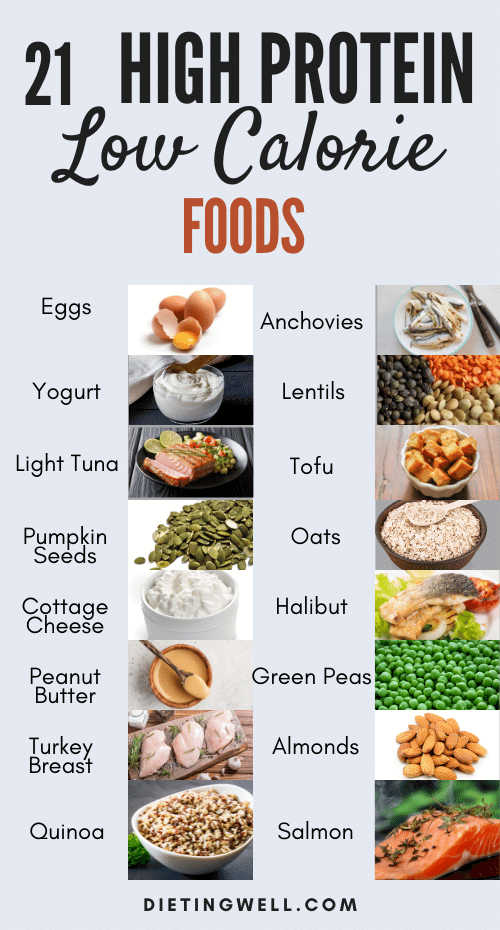 Of course, croissants and cinnamon swirl breads will bring a load of calories, too!
Of course, croissants and cinnamon swirl breads will bring a load of calories, too!
- Keep checking those labels, not all breads are created equal. Go for whole grains and whole wheat to get the most calories and nutrition.
Cheese
-
- Another high hitting calorie winner that can be served diced, sliced, or shredded. Cheese is also easily added into baby food, casseroles, or other purees to up calories even more.
Pancakes/waffles
-
- Often on a baby’s favorite list, take opportunities to maximize these with calories, even if you’re making from a box. You can easily add flax seed, almond flour, chia seeds, and/or oat bran to make pancakes and waffles heavy in calories. We regularly make these pumpkin waffles in my house, adding in a quarter to a half cup of any of the above ingredients will work!
Added butter
-
- Be generous in adding butter on toast and rolls. Think outside the box and stick up to a tablespoon in any of their pureed or casserole like foods, too! You can easily do this for just their serving so the whole family isn’t eating calorie heavy.
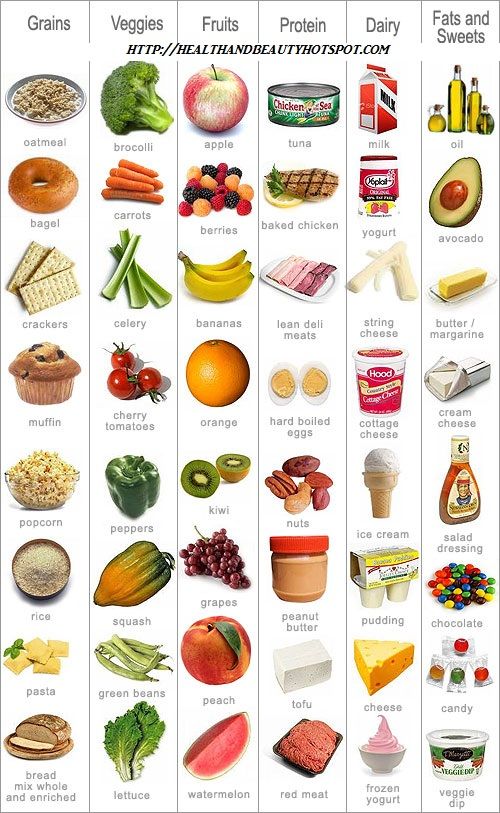
- Be generous in adding butter on toast and rolls. Think outside the box and stick up to a tablespoon in any of their pureed or casserole like foods, too! You can easily do this for just their serving so the whole family isn’t eating calorie heavy.
Added oil (coconut/olive oil)
-
- In the same way, add olive oil after cooking or coconut oil while heating and cooking foods.
Added sour cream
-
- You aren’t going to give your baby a bowl of sour cream, but a tablespoon or two of full fat sour cream can really add a lot of calories quickly. Whole fat Greek yogurt works the same way!
Tips for Using High Calorie Foods for Baby Weight Gain
I’m a mom, too, I get the worry. It can be suffocating sometimes how much I worry about my children, and when I think back to when they were babies, it can just take your breath your away. If your baby isn’t gaining weight well, it can downright consume you, understandably so.
There is hope though, and as a feeding therapist, I can tell you there are solutions, truly even for the most severe babes. Let’s walk through a few steps I’d suggest if you are in this not-so-fun place:
1. Check this guide on normal weight gain for babies to make sure your concerns are justified. I’m not saying to ignore your concerns one way or the other, but having a reference point can be helpful, of course, all babies are unique. And, no matter what the situation, talk to your child’s pediatrician, if you haven’t already.
Check this guide on normal weight gain for babies to make sure your concerns are justified. I’m not saying to ignore your concerns one way or the other, but having a reference point can be helpful, of course, all babies are unique. And, no matter what the situation, talk to your child’s pediatrician, if you haven’t already.
2. Whenever you’re feeding your baby any food at all, ask yourself if you’re maximizing the calories. Sometimes you won’t be able to, when it’s a puff (which are very low calorie by the way), but often you’ll be able to add something to the food you’re already giving them.
The end of this list focused on those add ins, use one every time you are feeding a puree or casserole. Just watch that you haven’t made it unpalatable.
If you suddenly add a lot of something that is foreign, they might refuse to eat it.
3. Take it a step further if you are in a desperate weight situation and even use maple syrup or honey (if they are over the age of 1).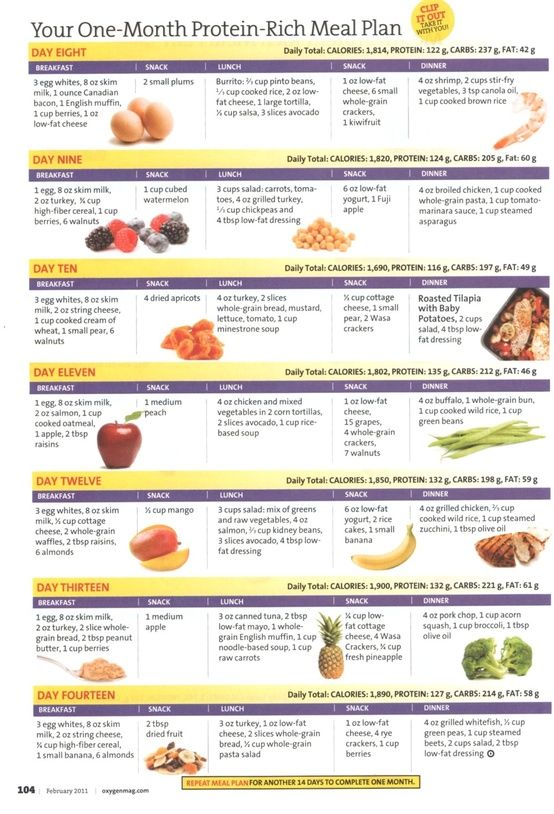 For now, you have to focus on the calories and can scale back on the sugar in the future. As much as possible, rotate in other add-ins like yogurt, butter, and oils. Don’t forget about adding these types of food to breads and toasts as well!
For now, you have to focus on the calories and can scale back on the sugar in the future. As much as possible, rotate in other add-ins like yogurt, butter, and oils. Don’t forget about adding these types of food to breads and toasts as well!
4. If your baby isn’t eating well, check in to make sure it isn’t because of sensory processing related difficulties with eating. Some babies that are sensitive to the way textures feel will refuse baby food right out the gate. Other babies might have a really hard time moving to table foods. Read my complete guide on how to transition to finger foods here (lots of tips for babies that are having a hard time with it.)
You can also grab a seat in free workshop: 5 Big Feeding Mistakes That Are Stopping Your Child From Learning to Eat Table Foods.
Click here to get a spot!
5. Plan ahead. Sounds simple, but it can have a really big impact. Pick one day out of the week and make sure you have all the ingredients you want to include in your baby’s meals so you have them when you need them.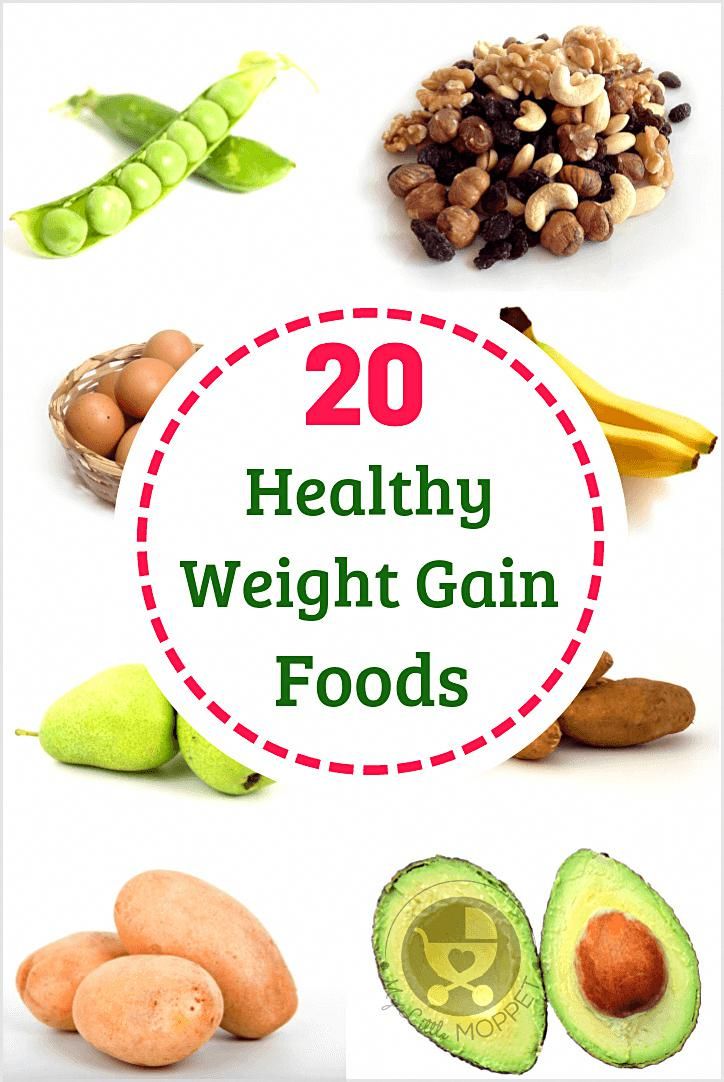 Also, write out their meals and even their snacks. When you step back and look at it, you’ll be able make sure you’re maximizing every opportunity.
Also, write out their meals and even their snacks. When you step back and look at it, you’ll be able make sure you’re maximizing every opportunity.
High Calorie Baby Food Recipes
As I mentioned earlier, you can use most of the high calorie foods listed to stick in a blender and hit puree. Don’t forget to add in some oil, butter, nut butter, yogurt, or sour cream to up the calories (if you’re going for big calories). In the pic above, I had blueberries (not high calorie) and added yogurt and flax seed. If not, these combo’s below stand as high calorie on their own.
Avocado + Pineapple + Banana
Sweet Potato + White Bean
Lentils + Carrots + Onions
Avocado + Pear Popsicle’s for Babies
If you want more inspiration, this is my favorite baby food book and it has lots of table food recipes too. Did I mention it’s written by a dietitian, so healthy weight gain is kept in mind throughout! And, click this link if you want my tutorial making your own high calorie baby food.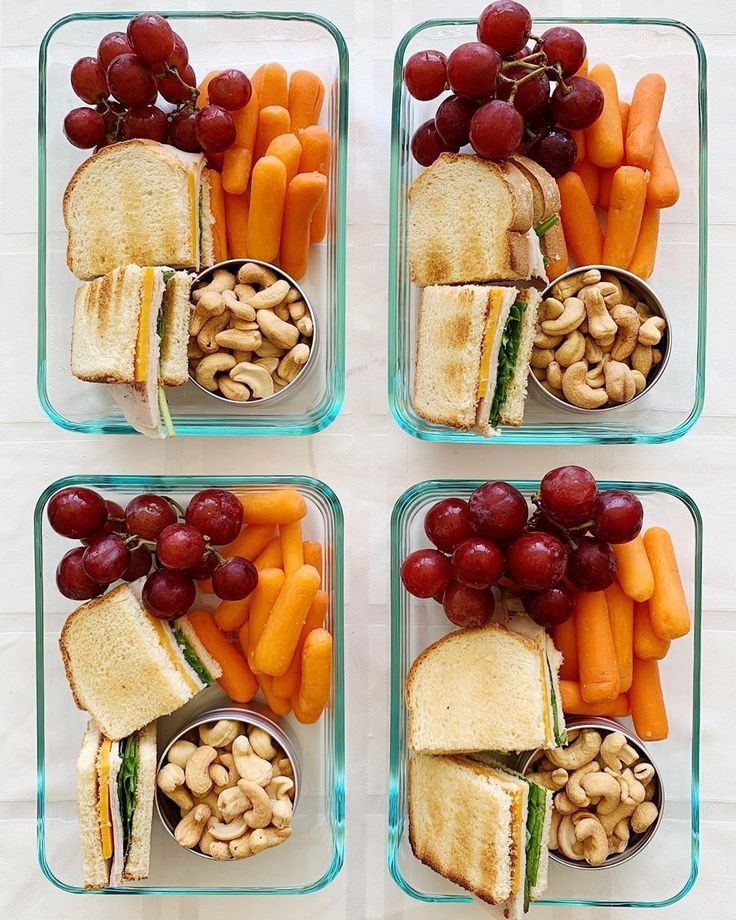 Remember that any of these foods can be hand mashed or pureed and added to store bought foods as well. For mashing, I used this hand mill with a little crank, super quick. But, when my babies were smaller and I needed purees super smooth, I loved using a bullet blender like this one.
Remember that any of these foods can be hand mashed or pureed and added to store bought foods as well. For mashing, I used this hand mill with a little crank, super quick. But, when my babies were smaller and I needed purees super smooth, I loved using a bullet blender like this one.
Want a Free Printable?
I have a free High Calorie Baby Food list you can print out. You can get it here and I’ll send it to your inbox.
More Food Ideas for Babies
Mega List of Table Foods for Your Baby or Toddler
The Ultimate List of Baby/Toddler Meal Ideas
Easy Toddler Meal Ideas
Did You Pin This?
Pin it HERE to save for later!
Alisha Grogan is a licensed occupational therapist and founder of Your Kid’s Table. She has over 14 years experience with expertise in sensory processing and feeding development in babies, toddlers, and children. Alisha also has 3 boys of her own at home. Learn more about her here.
Calorie products. Mother's main Russian book. Pregnancy. Childbirth. The first years
Caloric content of products. Mother's main Russian book. Pregnancy. Childbirth. Early yearsWikiReading
Mother's main Russian book. Pregnancy. Childbirth. The first years
Fadeeva Valeria Vyacheslavovna
Contents
Food calories
Expectant mother is very important to follow the principles of optimal calorie intake. It is important to eat in moderation. Your baby will not benefit from either your malnutrition or overeating. Tables will help you keep track of calories.
Calorie content of products is given in kcal per 100 g of product:
Calorie content of some prepared meals (kcal per 100 g)
This text is an introduction.
Scheme for the introduction of complementary foods and dishes, approved by the State Research Institute of Nutrition of the Russian Academy of Medical Sciences
The scheme for the introduction of complementary foods and meals, approved by the State Research Institute of Nutrition of the Russian Academy of Medical Sciences *numbers 3, 4, etc.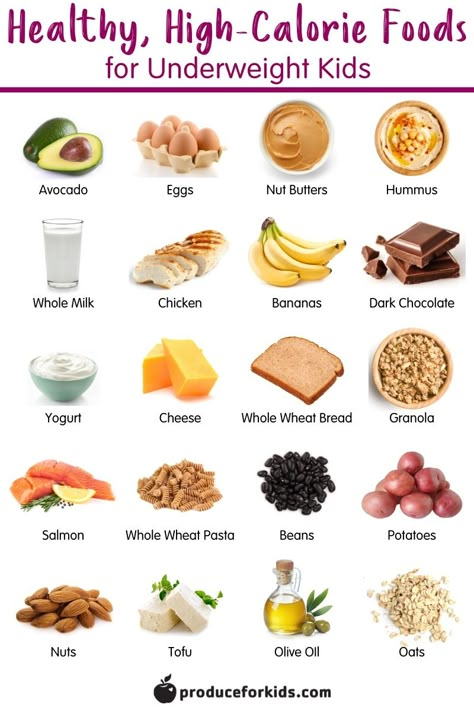 mean that this product should be introduced from 3, 4, etc. months; **number 1 (column fruit puree) means that fruit puree is introduced 2 weeks after the introduction of juice; *** number 2 (column
mean that this product should be introduced from 3, 4, etc. months; **number 1 (column fruit puree) means that fruit puree is introduced 2 weeks after the introduction of juice; *** number 2 (column
Complementary foods and meals recommended by US pediatrician William Sears
Scheme for the introduction of foods and complementary foods, recommended by the American pediatrician William Sears Indicators that the child is ready to introduce solid foods into his diet: • The child can sit without support - this is the position it is supposed to receive solid food •
Natural Reader Product Pack: Combining Books and Online Resources
A Product Pack for Natural Readers: Combining Books and Online Resources The main thing in the consumption of information, as in any diet, is balance. And that goes for any resource your child has access to, be it e-books, apps, or
Common problems with interactive products: how to choose children's digital content
Typical problems of interactive products: how to choose children's digital content As your child turns three, you will face new dilemmas regarding digital products.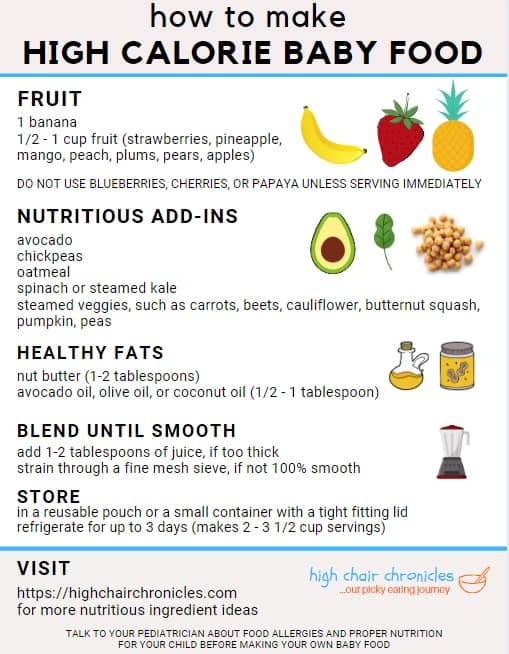 How much time can he now spend watching DVDs, YouTube videos or
How much time can he now spend watching DVDs, YouTube videos or
Natural Reader's Food Package: "Poetry Appeals to Children"
"Package" for natural readers: "Poetry appeals to children" 1. Read texts where wordplay is actively used.2. Download freely available poetry collections and books.3. Invite the child to illustrate the poems that he
"Product Package" for Natural Readers: "Little Red Riding Hood"
"Product Package" for Natural Readers: "Little Red Riding Hood" 1. Find several versions of the classic fairy tale in the local library. Read them all and let the child choose which option he likes best.2. Turn history into a game. Dress up Red
"Product Package" for Natural Readers
"Product Package" for Born Readers 1.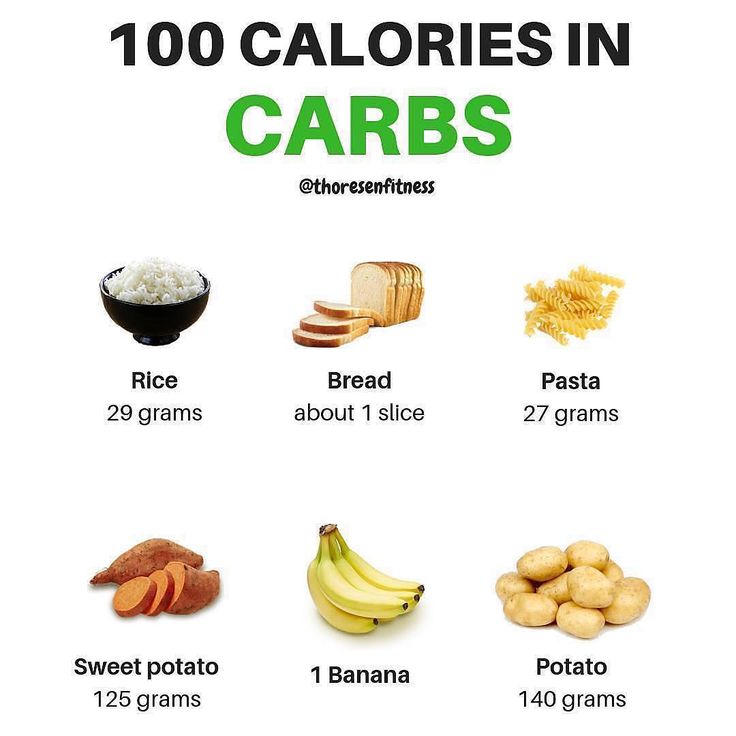 Find a printed edition of a book like Bedtime Math. Solve problems with your child every evening. They are designed for different ages, and even the smallest can participate in their solution.2. When reading books, ask
Find a printed edition of a book like Bedtime Math. Solve problems with your child every evening. They are designed for different ages, and even the smallest can participate in their solution.2. When reading books, ask
"Grocery Pack" for Natural Readers: Inventing a Story
"Grocery Pack" for Born Readers: Inventing a Story 1. Take your child's favorite book as a basis and retell it in your own way as a bedtime story. Have your child help you reshape the story as you go.2. Using such
Other advice on foods that cause digestive upset
Other Tips for Foods That Cause Digestive Disorders No product should be overlooked. While some children are exceptionally sensitive to even a few drops of an irritant, others only get irritated when
Item one: keep a record of the food you eat
Step One: Keep a Record of Foods Consumed Record everything your child eats for four days, including what you give him between meals
| Product name | calorie content, kcal | proteins, 100 g | fats, 100 g | carbohydrates, g. 100 g | bio -ore Topic »Grusha-Yobloko | 84 | 3.2 | 2.8 | 11.6 | |||||||||||||||||||||||||
| Bio-ogurt" Topic "Green apple | 85 | 2.8 | 11.7.7 | 900EV0095|||||||||||||||||||||||||||||||
| Milkshake “Agusha” I am myself! corn with banana | 85 | 2.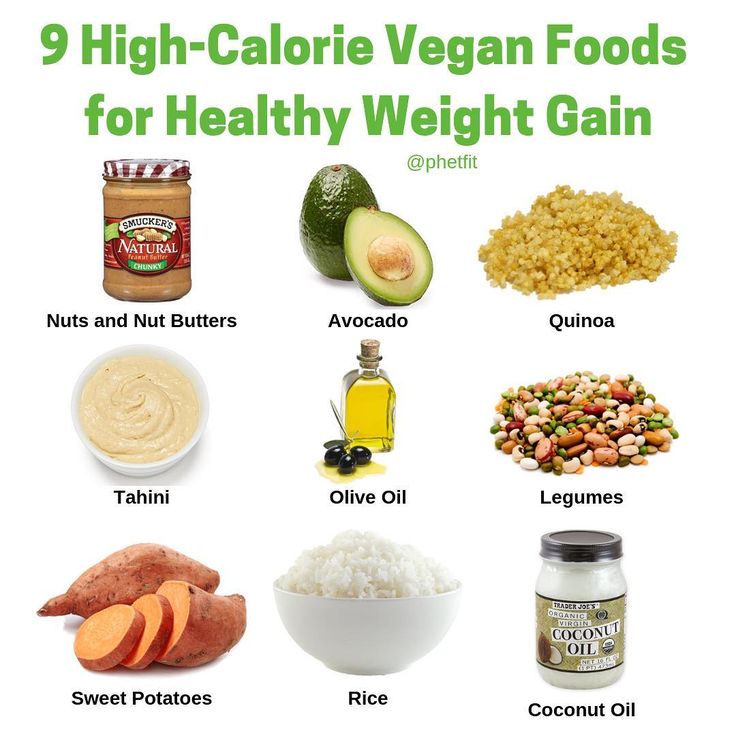 5 5 | 3.0 | 10.5 | ||||||||||||||||||||||||||||||
| Agusha milkshake Ya Sam! rice-pear-apple | 75 | 2.6 | 3.0 | 9.4 | ||||||||||||||||||||||||||||||
| Agusha milkshake Ya Sam! with buckwheat | 75 | 2.5 | 3.0 | 8.0 | ||||||||||||||||||||||||||||||
| Zdrivery milkshake Strawberry 3.2% | 70 | 53 | 2.9 | 2.5 | 4.8 | |||||||||||||||||||||||||||||
| Milk "Topic" Children's 3.2% | 3.0 | 4.7 900 | 2.9 | 3.2 | 4.7 | |||||||||||||||||||||||||||||
| 42 | 0.00.0 | |||||||||||||||||||||||||||||||||
| Frutonyanya from Klava 95 | ||||||||||||||||||||||||||||||||||
| Wheat-wubble porridge “Heinz” Persik Banana Banan Milk | 414 | 12.1 | 10.0 | 69.0 | Pshenichnichy Kashka “Heinz” with milk without milk | 9007 980.0 | ||||||||||||||||||||||||||||
| Puree "Gerber" Apricot with cottage cheese | 90 | 1.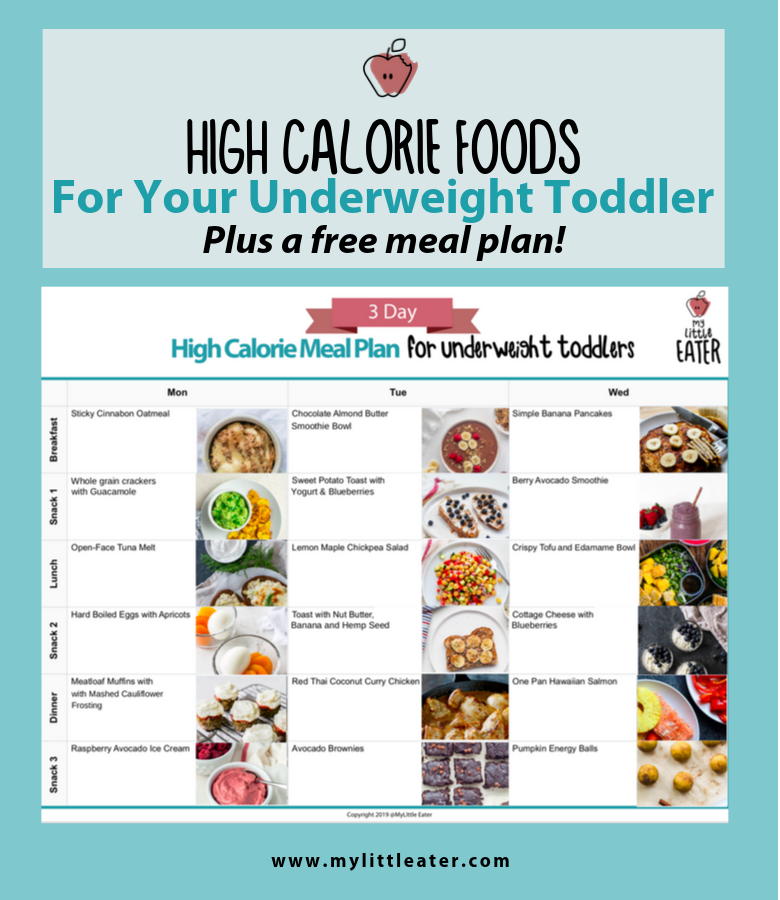 3 3 | 3.2 | 13.5 | puree "Gerber" Apricot Apricot Apric0078 | 28 | 0.0 | 0.0.0 | 7.0 | |||||||||||||||||||||||||
| puree "Rolonok" Apple + 4 Zlaka | 48 | 0.6 | 11.5 | 9009EV | 57 | 0.6 | 1.0 | 11.5 | ||||||||||||||||||||||||||
| puree "Rating" apple + peach with cottage cheese | 60 | 0.0078 | 75 Puree “Ring” Apple + Pear + Plum with cream | 77 | 0.5 | 1.5 | 16.0 | |||||||||||||||||||||||||||
| puree “Rellet” Apple + strawberries with creams | 0.5 | 0.5 | 0.5 | 0.5 | 0.5 | 900EARE | ||||||||||||||||||||||||||||
Puree “Rolonok” Apple with vitamin C. | 44 | 0.3 | 0.0 | 11.0 | ||||||||||||||||||||||||||||||
| puree “Rellet” Apple with cottage cheese | 68 | 9.0.0.0.0.0.0.0.0.0.0.0.0.0.0.0.0.0.0.0.0.0.0.0.0.0.0.0.0.0.0.0.0.0.0 9AT.0 | 2.4 | |||||||||||||||||||||||||||||||
| Puree "Topic" beef with language | 145 | 2.4 | Puree | 9007.9007 | ||||||||||||||||||||||||||||||
| puree “Topic” meat of chickens with beef | 162 | 10.0 | 12.0 | 3.5 | ||||||||||||||||||||||||||||||
| puree “Topic” Petushki | 126 | 9007E0078 | 115 | 6.3 | 3.5 | 14.5 | ||||||||||||||||||||||||||||
| Drum "Rastishka" with an ink | 115 | 6.3 | 3.5 | 14.5 | 00

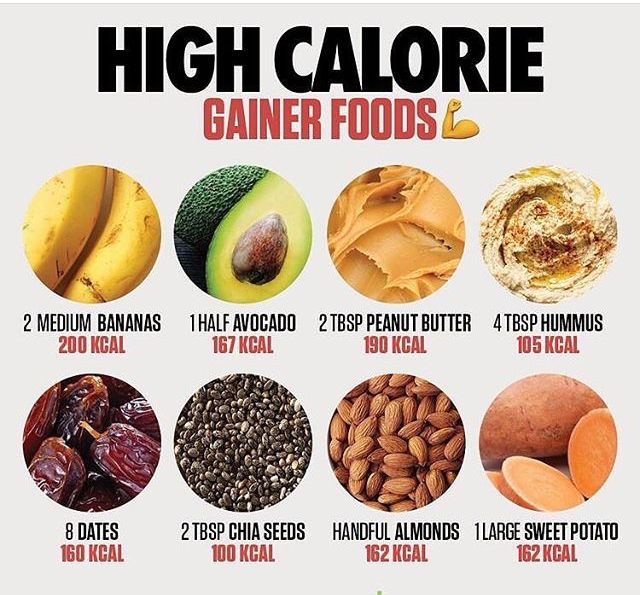 And what? It's simple, it's ready, delicious and, as they say, "all the best is for children." Usually such products have a better composition, it is more natural and balanced. However, for those who consider KBJU, even baby food will have to be considered and include calories in your diet. It is for such cases that there is a calorie table for baby food, including the composition of proteins, fats and carbohydrates.
And what? It's simple, it's ready, delicious and, as they say, "all the best is for children." Usually such products have a better composition, it is more natural and balanced. However, for those who consider KBJU, even baby food will have to be considered and include calories in your diet. It is for such cases that there is a calorie table for baby food, including the composition of proteins, fats and carbohydrates. 